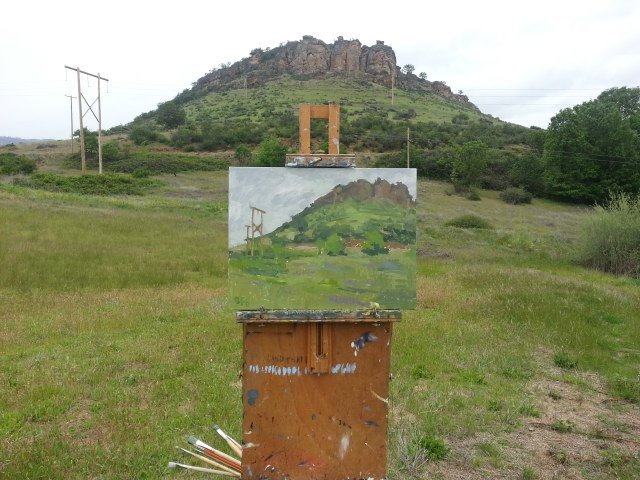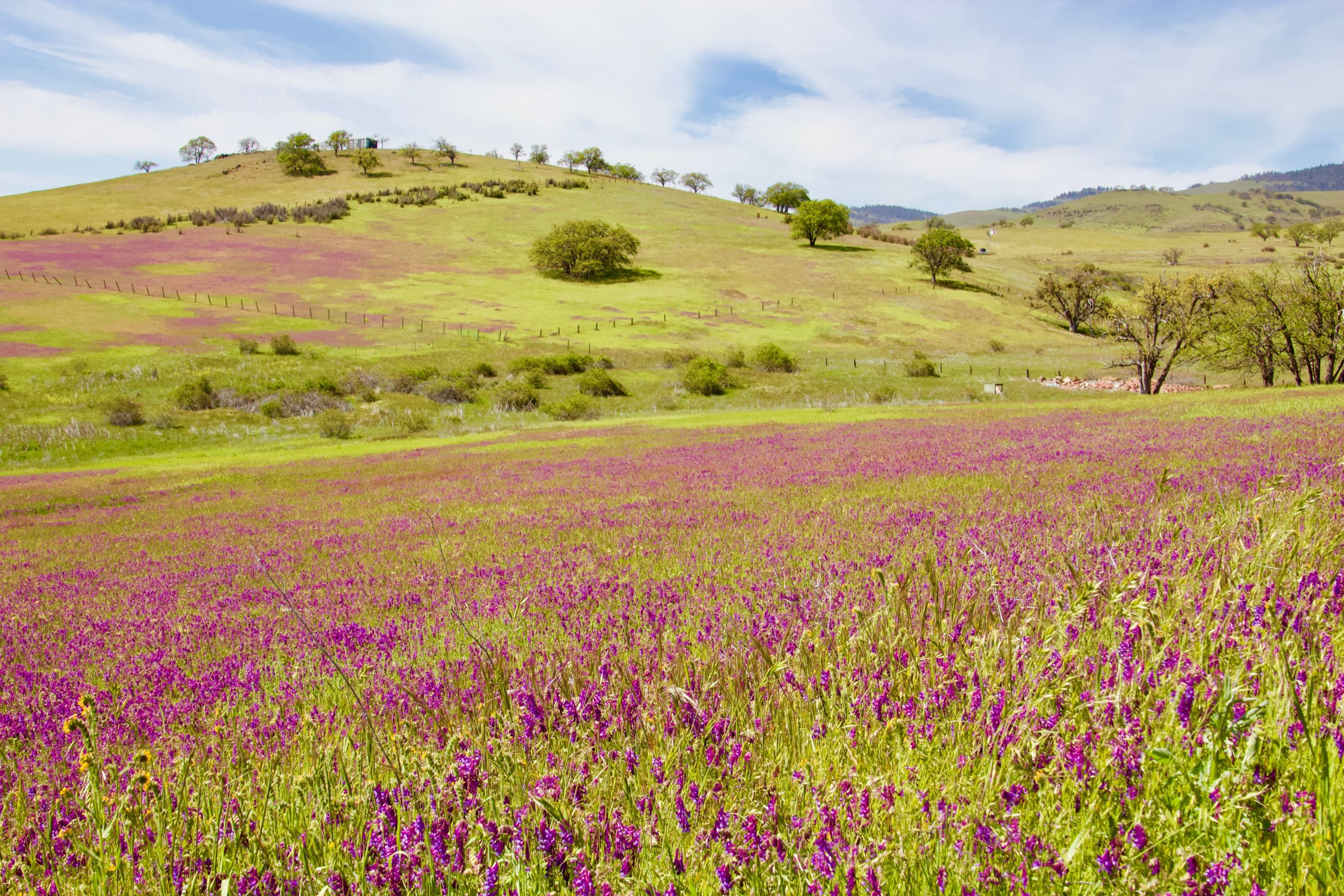"The Good, the Bad and the Unusual" is a column from our monthly eNews. Sign up at the bottom of any of our webpages.
By Karen Hussey, SOLC Land Steward, July 2017
Dragonflies
If you’re from England you might call them “water dippers” or if from China “old glassies." The ancient Celts called them “big needle of wings.” What are they? Dragonflies! With their bold colors and impressive aerial displays, dragonflies have stolen the hearts of many. Just as bird lovers go “birding," dragonfly lovers go “oding." The name is derived from their scientific order, odonata which means “toothed one” in Greek and refers to their serrated mandibles. There are over 5000 species worldwide and with nearly 100 species in Oregon alone, there is plenty to discover on your first oding field day!
Red-veined Meadowhawk photo by Norm Barrett
The Good
In addition to their striking color and dazzling aerial displays, dragonflies make our outdoor experience more enjoyable by reducing those pesky mosquitoes and gnats. Each dragonfly eats 30 to hundreds of mosquitoes a day. They are carnivores who eat all types of other insects too including cicadas, flies, and even other smaller dragonflies. To catch their prey, dragonflies create a basket with their legs. They then swoop in capturing their prey with their legs and biting it to hold it in place. They will often eat what they have caught while still flying.
The Bad
We think of dragonflies in their winged adult form but they actually spend most of their lives living under water in a nymph stage. During this stage, dragonflies rely on healthy rivers, ponds, and wetlands. Unfortunately freshwater ecosystems have experienced a severe decline and degradation worldwide. According to the Xerces Society, in less than 400 years from the time of European settlement, the conterminous United States lost more than half of the 221 million acres of wetlands that existed in the 1600s. Draining and filling these wetlands made way for increased settlement, industry, and farming.
You can help protect and create dragonfly habitat by following these tips:
1) Never flush medicines down the toilet or the drain.
2) Fix car drips and leaks right away.
3) Avoid using pesticides or chemical fertilizers and choose non-toxic household products whenever possible.
4) Pick up after your pets.
5) Keep farm animals out of water bodies and the vegetation bordering them.
6) Create dragonfly habitat in your backyard with this excellent guide shared by the Xerces Society:
The Unusual
The unusual features of dragonflies began 300 million years ago. They were among the first insects to evolve and existed with and before dinosaurs. Prehistoric dragonflies had a wingspan greater than two feet! Perhaps their evolutionary success is due to their extraordinary ability to catch food. Not only can they reach speeds of 18 miles per hour but their four wings have the ability to move independently, allowing them to hover in place or fly in any direction – forwards, sideways, backwards, and even upside down! Want to see for yourself? Check out this slow motion video:
And then there are the eyes! A dragonfly’s head is taken up almost entirely by its eye. Giant compound eyes, containing 30,000 facets allow them to see almost everywhere at once. Imagine sitting in a room with 30,000 TV screens and keeping track of what’s happening on all of them at the same time. If you can accomplish that feat, you have a glimpse into what it’s like to hold the super powers of a dragonfly. Have you got four minutes? Here is a riveting BBC video about dragonfly’s vision:
We found 12 species on our recent dragonfly hike at Rogue River Preserve. Some photos of local species are below. There are plenty to find in Southern Oregon.
Happy oding!!
Photos by Norm Barrett















